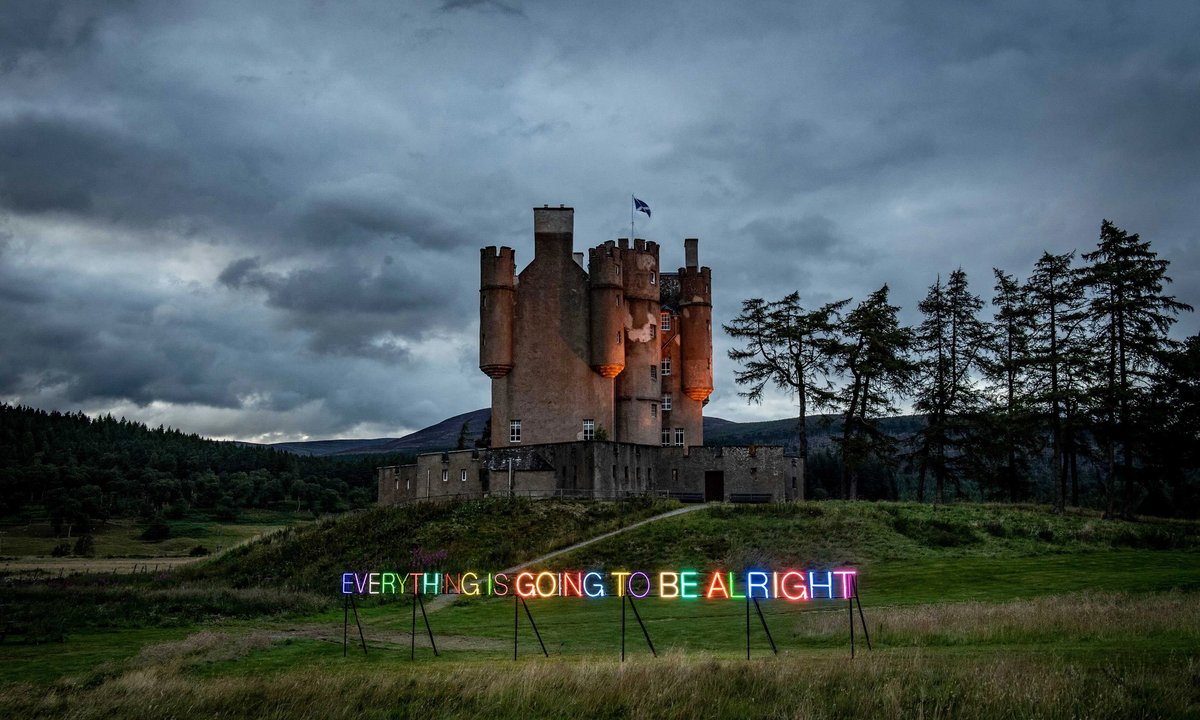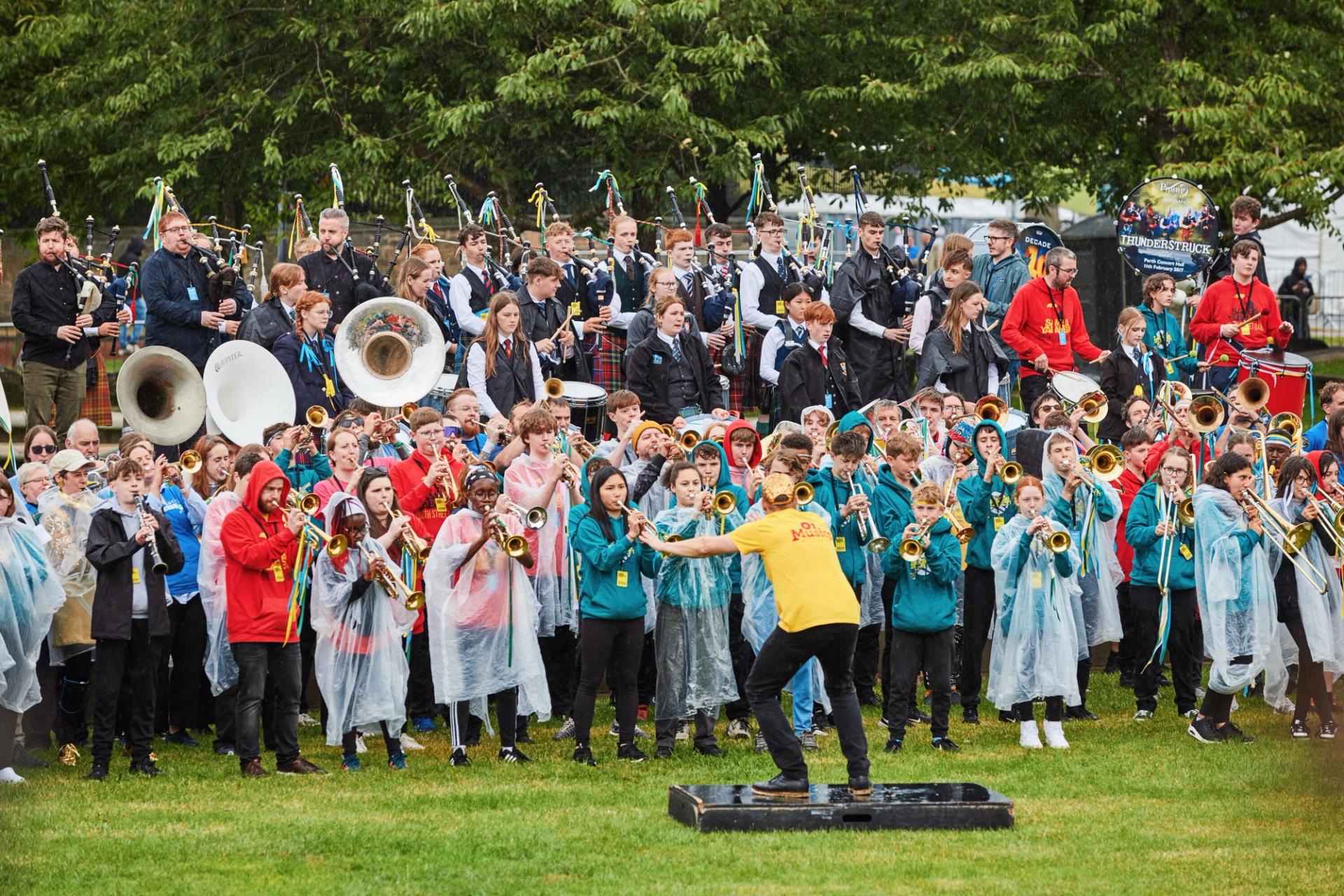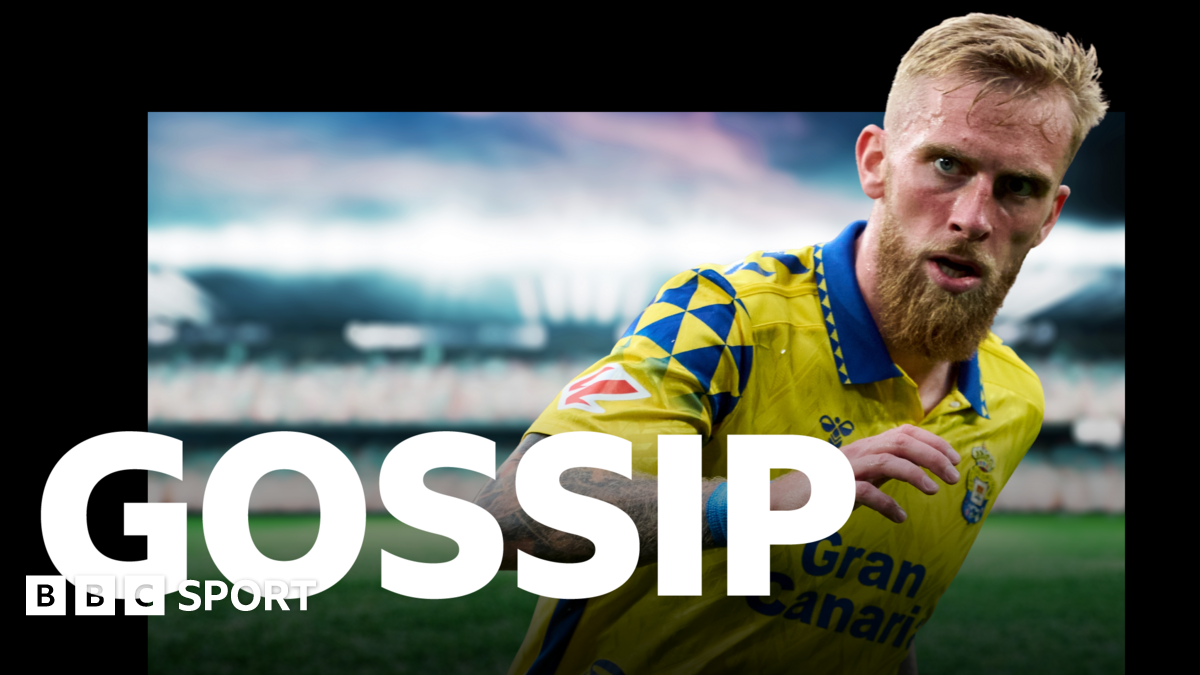World
‘We need a shared language’: Scotland-wide festival highlights links between the arts and health

The World Health Organisation (WHO) and the world of art may be unusual bedfellows but this week they have come together for the world’s first national festival highlighting the role cultural engagement can play in public health. The event, produced by Scottish Ballet and the Jameel Arts & Health Lab in collaboration with the WHO, could also unlock new funding streams for the arts in the country.
Healing Arts Scotland, which runs until the end of the week, involves more than 100 activities held in locations across Scotland—from the urban centres of Edinburgh and Glasgow to the isles of Orkney and Lewis. Previous Healing Arts events have taken place in cities, but this is the first time the project has expanded to a whole nation.
In its materials promoting the event, the festival led with an image of the leading British artist Martin Creed’ installation EVERYTHING IS GOING TO BE ALRIGHT. The work, which comprises its title spelled out in neon letters, was displayed outside of Braemar Castle in Aberdeenshire in the summer of 2020. The Glasgow-born artist has said that the phrase draws on the comforting words he was offered by a friend: “No one can really tell you everything is going to be alright, but despite that, many times in my life I have been very comforted by people saying something like that to me.”
For Stephen Stapleton, the founding co-director of Jameel Arts & Health Lab, an initiative begun in 2023, the work chimed with the focus of the festival. He tells The Art Newspaper: “There are a couple of themes; loneliness and isolation and youth mental health. I’m aware of other versions of this work by Martin and the first installation was in a former children’s mental asylum in London. The most recent version, at Braemar Castle, became a symbol of hope during the pandemic.”
Among the activities taking place across Scotland are dance classes, choir rehearsals, creative writing workshops and Cancer Tapestry, a new project by the Scottish artist Andrew Crummy that features 100 cancer stories from around Scotland.
Scottish Ballet neurological health and youth initiative participants and staff during a workshop in Glasgow as part of Healing Arts Scotland
Photo: Mihaela Bodlovic
Another highlight so far was a conference bringing together figures from the healthcare and arts sectors to discuss the role the arts can play in improving health. They included Nils Fietje, the technical officer at the World Health Organisation’s Behavioural and Cultural Insights Unit; Jill Sonke, from the Center for Arts in Medicine at the University of Florida; and Sangeeta Isvaran, founder of the Wind Dancers Trust, which works in marginalised communities using arts in education and conflict resolution
Fietje tells The Art Newspaper: “One of the big challenges is that these are two sectors that don’t traditionally work together. We generally talk about how health intersects with transport, economics or education, but we haven’t explored it in the cultural sector. That’s because there aren’t many connections between these two fields, we don’t have a shared language. Bringing these worlds together is what this week is about.”
He adds that engaging with the arts may in future be seen as just as important to physical and mental health as diet and exercise: “There are the obvious connections such as singing to improve lung function. But we are trying to test the proposition that engaging with the arts can actually help in itself. Like healthy eating or exercise, cultural engagement may be a direct benefit to health.”

Groups including the National Youth Pipe Band perform at the opening ceremony for Healing Arts Scotland in Edinburgh
Photo: Andrew Perry
Stapleton says that during the Covid-19 outbreak, the arts community responded organically to the crisis. This ranged, he points out, from Italians singing from balconies during lockdown to the Corona Quilt Project—which saw 12,000 people in India conveying their experiences of the pandemic through textiles—to artists including Antony Gormley and Grayson Perry launching an activity pack for families. “These were grassroots responses,” Stapleton says. “We need to fund the arts. There is a real role for the arts to save lives. Hopefully this can unlock some funding.”
He emphasises the crucial role the WHO can play in making this happen. “If art can play a role in improving health then we need to connect with research and put it in front of policymakers through the WHO,” he says. “That is where the link with the WHO is so important.”
Equally important, he makes clear, is the need for leaders in the arts to embrace the potential highlighted by events such as Healing Arts Scotland. “The art world is dominated by market concerns and the art fairs and the gossipy side of it,” he says. “But there’s an important role for arts to play in health and we hope it is increasingly seen as part of its purpose.”
- Healing Arts Scotland, various venues, until 23 August










